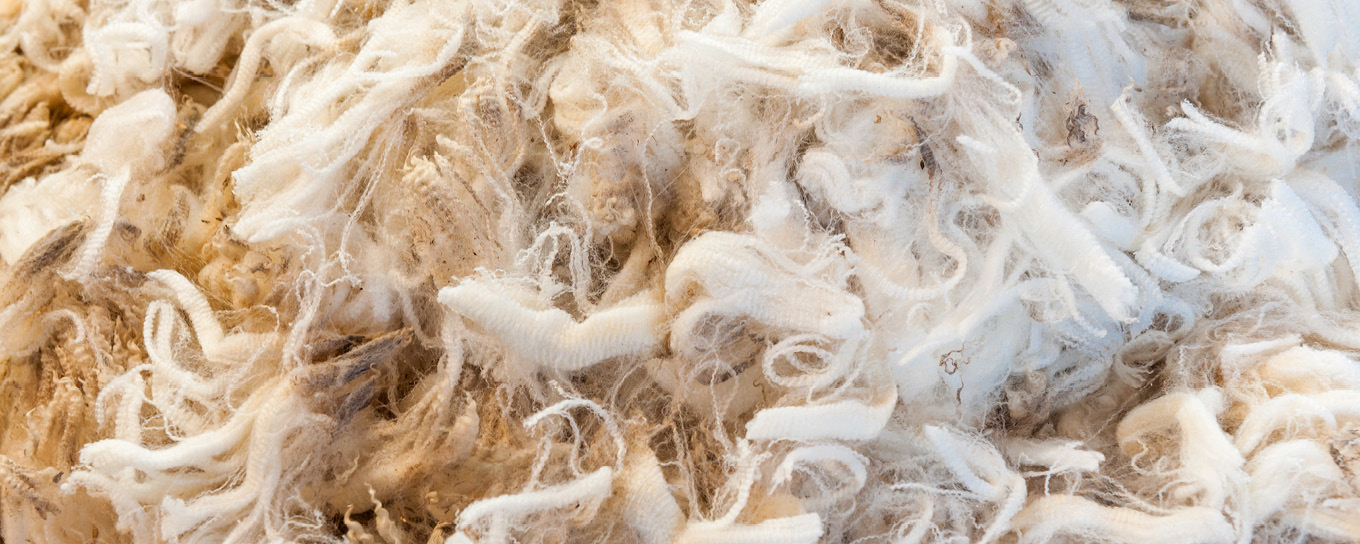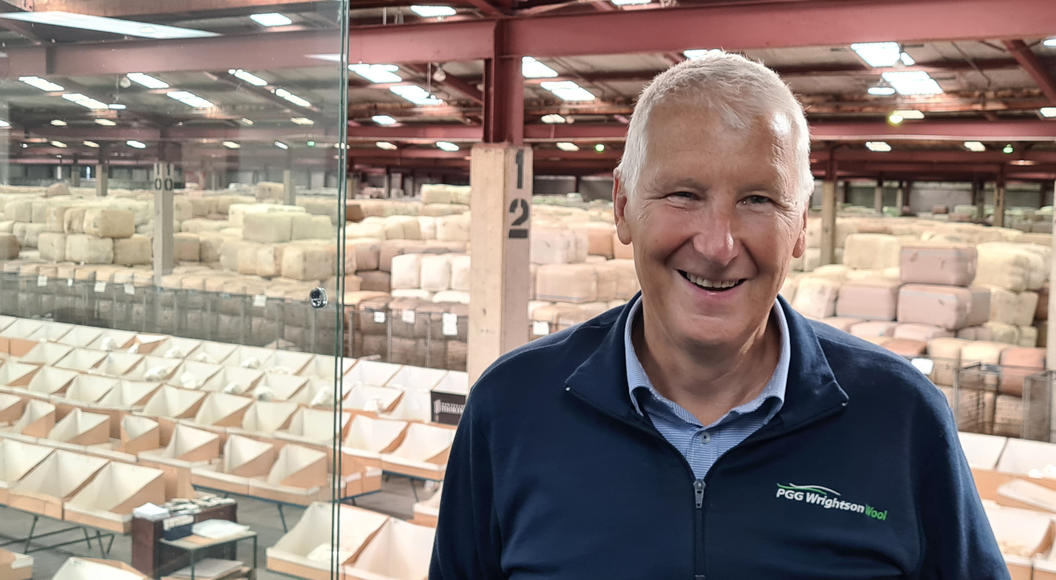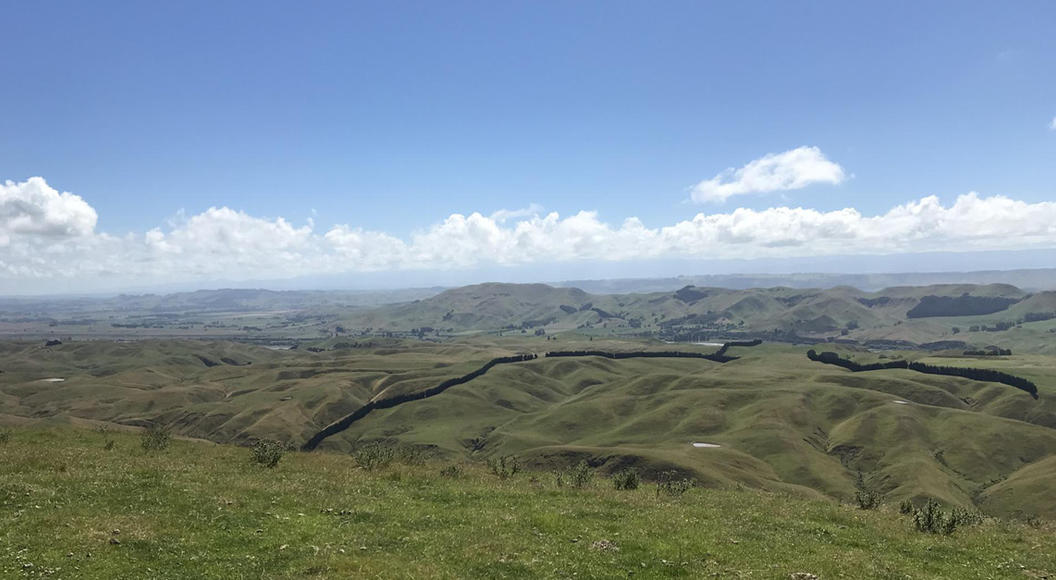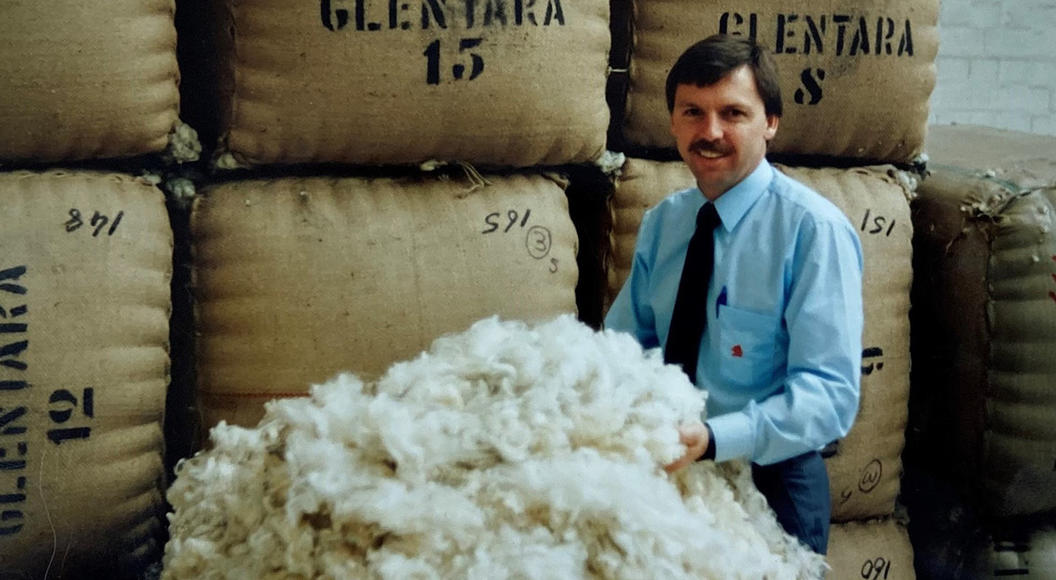
Wool News: Maintaining minimum Vegetable Matter levels
This pre-lamb shearing season, in both North and South Islands, vegetable matter (VM) contamination has noticeably increased.
Several tests are performed on wool prior to sale. These use the core sample taken from each bale within a specific line or lot. They include measuring micron, yield, colour (except for merino), and VM, which is reported as a percentage of the weight of a greasy wool sample and is measured after the wool fibre has been dissolved, leaving any plant material.
While a VM test between zero and 0.1 per cent is unlikely to attract any discount, as the percentage increases so do the discounts. This season many crossbred fleece lines, both full wool and second shear, have returned VM tests between 0.5 and 1.0 per cent, which negatively impacts pricing in an already difficult market. Fine wool clips, particularly from high country areas, traditionally carry higher VM readings due to the nature of the country grazed. However, because fine wool is generally processed via a worsted system, compared to the majority of crossbred types going through a woollen system, VM in fine wool can largely be removed during the carding, combing and gilling processes prior to spinning.
However, removing as much VM as practically possible, in the wool shed, remains crucial. Good shed preparation ensures maximum market exposure.
Want to know more and be the first to read future Wool News articles?


